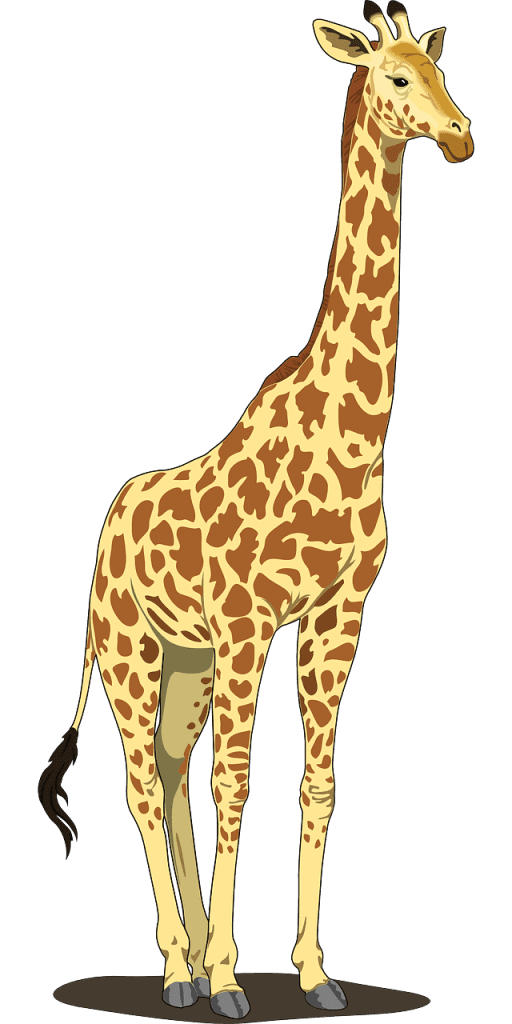
Congenital torticollis
Torticollis
Torticollis is an abnormal, twisted position of the neck.
There are two main types:
Congenital torticollis, which is present at birth, though sometimes it is only noticed when the baby is a few days or weeks old.
Acquired torticollis, which can develop at any age and may have various causes.
This post will focus on congenital torticollis.
What are the reasons for congenital torticollis in babies?
There are a number of reasons, some more common and some rare.
The most common reason is congenital muscular torticollis – which is in fact a spasm of one of the muscles in the neck, causing a twist in the neck, and banding of the neck towards the side of the sprained muscle.
In most cases (75%) it’s a spasm of the right side muscle, so the position of the neck will be towards the right, or in other words – the chin and the face will be turning to the opposite left side. In 50% of cases you will feel a mass in the muscle area of the neck, which will disappear when the condition resolves (called sternocleidomastoid mass).
Besides congenital muscular torticollis, there are other reasons for congenital torticollis. In some – structural problems of the spinal vertebrae, and many other different reasons. Your skilled pediatrician will know how to differentiate between different reasons. See ahead.
How do you diagnose and treat a baby with congenital torticollis?
First, you need to see a pediatrician, who will examine the baby and find the reason for the abnormal position of the neck. Mostly, it will be a muscular problem.
If the physician suspects a different problem, they may consider performing an X-ray, ultrasound, or additional tests. There are a few things that we as parents can help with:
- Create stimulations for the baby to both sides (right and left), and not just for the side to which the gaze is turned. You can use and switch locations of interesting objects. In addition, breastfeed or give a bottle in both positions, not just in the easier position.
- During wake hours and under supervision, put a rolled-up towel on the side of the short muscle to gently stretch the neck towards the middle.
- Providing time in the prone position will also improve torticollis.
- And one last thing — better to start at a young age (before 3 months) — go see a physiotherapist.
What else can be done in cases of congenital torticollis?
As with all babies, and especially those with torticollis, it is recommended to perform an ultrasound of the hip joints. Read more about it here.
Luckily, in most cases of congenital muscular torticollis, the abnormal neck position will improve and disappear in the first few months of life without any residual signs in the future.
For comments and questions, please register
